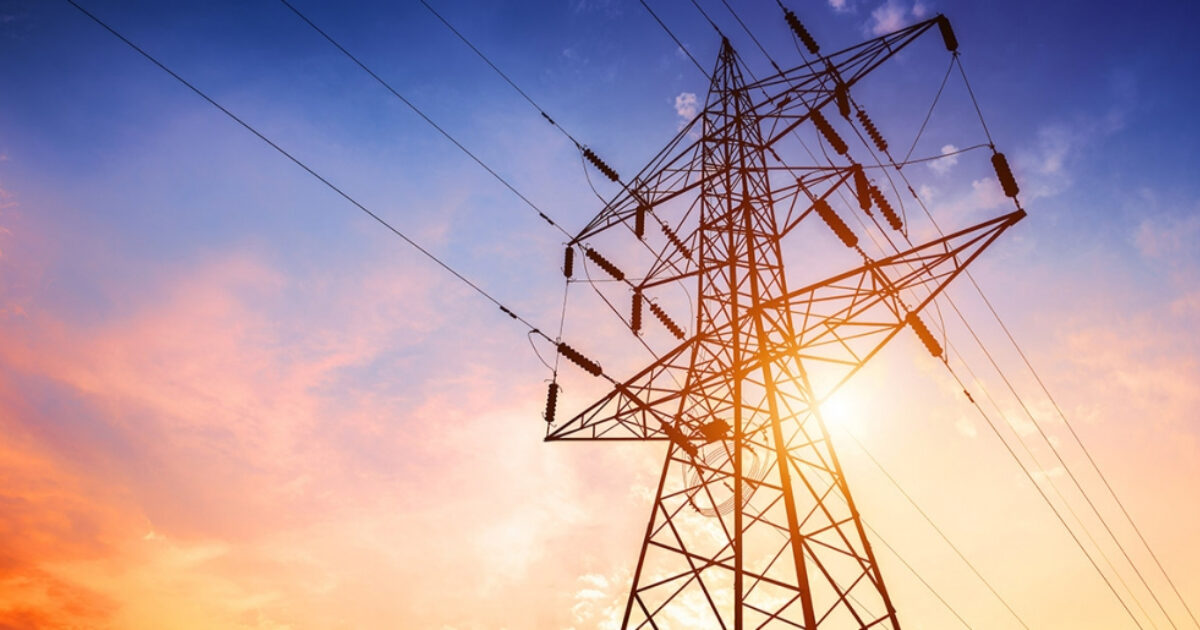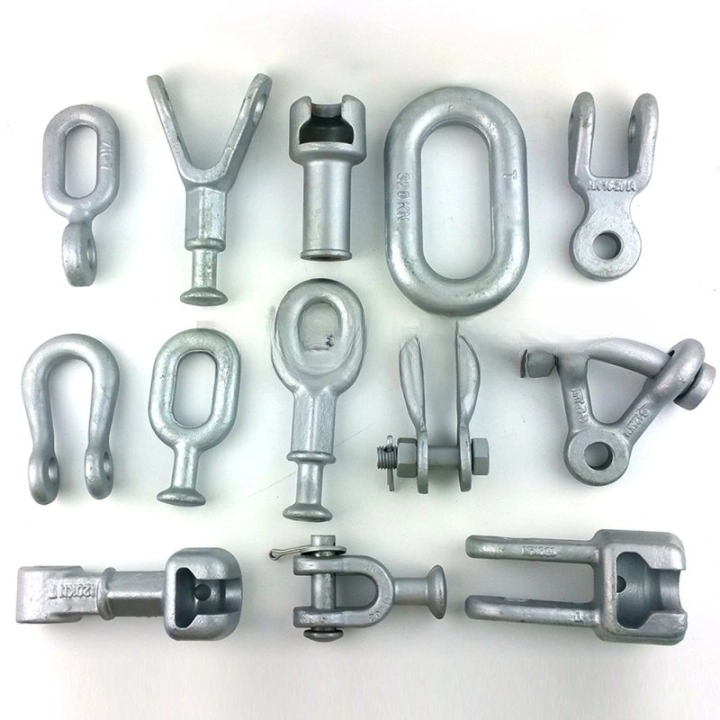
Increased innovations contribute to the efficient transmission of electricity across the diverse geography of South America. The innovations in power transmission lines ensure grid stability and support the growth of renewable energy. The innovations also focus on improving the efficiency, sustainability, and resilience of power grids. These innovations include high-voltage direct current transmission, smart grids, superconducting cables, and artificial intelligence. These advances help in shaping the continent’s energy infrastructure to meet demand and ensure energy security. Several countries are investing in power transmission lines to improve energy efficiency and expand grid connectivity. For instance, Brazil, Chile, Argentina, and Peru are investing in the establishment of power transmission lines. These lines help in connecting to renewable energy sources. Pole line hardware plays a vital role in the construction, support, and maintenance of power transmission lines.
Pole line hardware components work together to ensure the stability, safety, and efficiency of power transmission. These components include insulators, crossarms, conductors, guy wires, anchors, clamps, grounding hardware, and arresters. Using pole line hardware helps in the delivery of electricity over long distances. This is from generation sources to distribution networks. Power line hardware needs to operate in challenging environments like the Atacama Desert and the Andes mountains. This article looks at the importance of using pole line hardware in the construction and support of power transmission lines. It also looks at the factors that contribute to the development of power transmission lines in the region.
Purpose of pole line hardware in power transmission lines
Pole line hardware helps to ensure the safe, efficient, and reliable transportation of electricity over long distances. They consist of components that support the physical structure of the transmission systems. This is to maintain the electrical integrity of the lines and ensure the power transmission with no disruptions. Additionally, pole line hardware helps the transmission lines withstand mechanical and electrical stresses. This is to ensure the uninterrupted power supply and reduce maintenance costs. The following are the roles of pole line hardware in power transmission lines in South America.

- Support and stability – components like poles, crossarms, and guy wires provide structural support to the transmission lines. They help to keep the conductors elevated and spaced apart to ensure the lines do not touch the ground.
- Electrical insulation – insulators prevent the flow of electricity from the conductors to the supporting structures. They also prevent accidents such as electric shocks, short circuits, or grounding issues.
- Tension management – clamps and tensioning devices maintain the correct tension in the power lines. Proper tension prevents conductor sag, which could lead to mechanical failure. Strain insulators manage the tension at points where the line changes direction.
- Conductor spacing and alignment – crossarms and spacers ensure the conductors are evenly spaced apart and aligned. This is to prevent the lines from touching each other, which could lead to short circuits.
- Grounding and safety – components such as grounding rods and wires ensure that the transmission poles are properly grounded. This provides a path for stray electrical currents, which protect the system from electrical faults.
Factors promoting the development of power transmission lines in South America
There are several factors that encourage the establishment of power transmission lines. These factors relate to the region’s growing energy needs, renewable resources, and the desire for improved infrastructure. This helps support the economic growth and regional integration on the continent. Here are the factors leading to the development of power transmission lines.

- Growing energy demand – the rapid urbanization in South America drives up the energy consumption. Upgrading transmission lines is crucial to meet the need for reliable electricity supply.
- Modernizing aging infrastructure – upgrading and modernizing transmission lines is crucial in South america. It helps to reduce power losses, improve reliability, and ensure the continued flow of electricity. Modern transmission lines with advanced monitoring and control systems allow for better load management and increased efficiency.
- Government policies and energy reforms – countries like Chile, Brazil, and Argentina have introduced regulatory reforms that encourage private sector investment in energy infrastructure.
- Cross-border trade – an integrated regional market could allow countries to trade electricity across borders. Cross-border transmission lines help reduce the risk of energy crises and increase the stability of the region’s energy supply.
